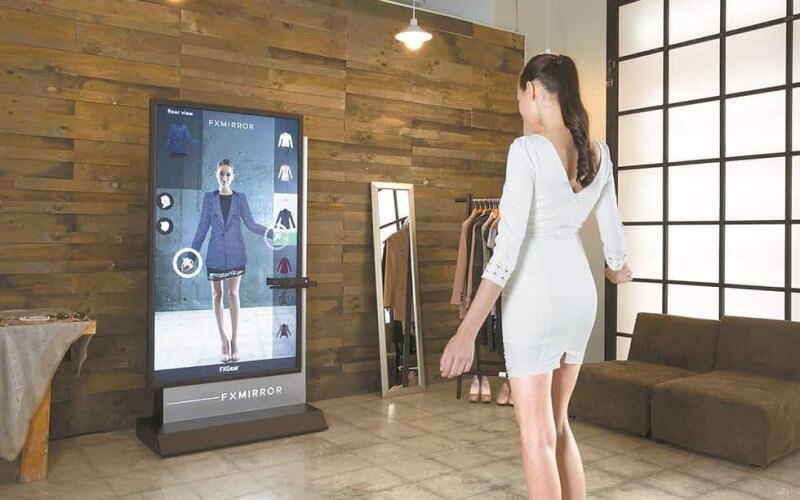AI-generated avatars have the potential to revolutionize the fashion industry in several ways:
- Virtual Try-On: AI-generated avatars can provide a realistic virtual try-on experience for customers. Users can upload their body measurements or use 3D scanning technology to create an accurate representation of themselves. They can then “try on” virtual clothing and accessories, allowing them to see how different styles, colors, and sizes look on them before making a purchase. This eliminates the need for physical try-on rooms and allows customers to experiment with different looks more conveniently.
- Customized Recommendations: By analyzing user preferences, browsing history, and feedback, AI can generate personalized fashion recommendations. AI algorithms can understand individual style preferences, body shape, and other factors to suggest clothing items that match the customer’s taste and fit well. This personalized approach enhances the shopping experience, leading to increased customer satisfaction and loyalty.
- Enhanced Design and Prototyping: Fashion designers can use AI-generated avatars to create and visualize new designs quickly. Instead of relying solely on sketches or physical prototypes, designers can digitally render clothing on virtual avatars to see how they would look in real life. This speeds up the design process and allows for rapid iterations and adjustments before moving to physical production. It also reduces material waste and costs associated with physical prototyping.
- Inclusivity and Diversity: AI-generated avatars can promote inclusivity and diversity in the fashion industry. Traditional modeling has often been limited to a narrow range of body types and appearances. With AI avatars, fashion brands can showcase their clothing on a diverse range of virtual models, representing various ethnicities, sizes, ages, and abilities. This helps address the issue of limited representation in the industry and allows customers to see how clothing would look on a more inclusive range of body types.
- Sustainable Fashion: By leveraging AI-generated avatars, fashion brands can contribute to sustainable practices. Virtual fashion shows and presentations can reduce the carbon footprint associated with physical events and minimize textile waste. Additionally, the use of AI in designing and manufacturing processes can optimize material usage, reduce production waste, and help brands make data-driven decisions that align with sustainability goals.
- Virtual Influencers and Brand Ambassadors: AI-generated avatars can be used as virtual influencers or brand ambassadors. These avatars can be designed to embody a brand’s identity, values, and aesthetics. They can engage with followers on social media platforms, promote products, and create content without the limitations of physical presence. Virtual influencers also provide brands with more control over messaging, allowing them to maintain consistency and authenticity in their marketing campaigns.
AI-generated avatars have the potential to transform the fashion industry by enhancing the customer experience, enabling personalized recommendations, speeding up design processes, promoting inclusivity, supporting sustainability, and expanding marketing possibilities.
